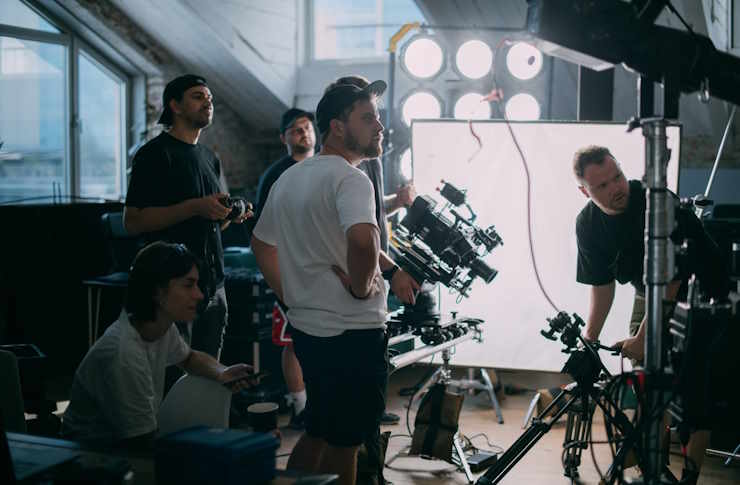Cinematography Jobs: Building a Career Behind the Camera
Cinematography jobs combine technical skill, creative vision, and collaboration. Whether you aspire to be a director of photography, camera operator, or camera assistant, this field requires deliberate practice, networking, and a strong portfolio. This article outlines what cinematography work entails, which film roles intersect with camera work, and practical ways to develop skills for movie and production environments. It does not list or guarantee current job openings; readers should verify any opportunities directly with employers or trusted industry platforms.

What is cinematography?
Cinematography is the art and craft of capturing images that serve a story. It involves choices about lighting, lens selection, camera movement, framing, color and texture to convey tone and emotion. In cinematography jobs, practitioners translate a director’s vision into visual language while balancing technical constraints like sensor performance, available light, and workflow for post-production. A successful cinematographer understands light physics and visual composition but also communicates clearly with directors, gaffers, grips, and editors to make images that support the narrative.
How does cinematography shape a film?
Cinematography defines how a movie looks and how audiences feel a scene. Decisions about aspect ratio, depth of field, and camera movement affect pacing, intimacy, and tension in a film. In production, the cinematography team plans shot lists, storyboards, and lighting setups to maintain visual continuity and creative intent across days of shooting. Strong cinematography jobs require sensitivity to story beats and collaboration with the director, production designer, and colorist to ensure the captured images translate through editing and color grading into a cohesive finished film.
What camera skills are essential?
Technical camera skills are central to many cinematography jobs. This includes mastering camera systems, lens types, and recording formats; understanding exposure, ISO, shutter speed, and dynamic range; and proficiency with modern accessories such as gimbals, dollies, and follow-focus rigs. Equally important are on-set protocols: slate use, maintaining camera logs, media management, and backup workflows to protect footage. Emerging knowledge areas include working with digital workflows, high-frame-rate capture, and understanding how camera choices affect post-production processes like color grading and visual effects.
What movie crew roles connect with cinematography?
Cinematography operates within a broader movie crew ecosystem. Typical roles include director of photography (DoP), camera operator, 1st and 2nd assistant camera (ACs), gaffer (lighting chief), key grip (rigging and movement), and camera trainee. Each role has defined responsibilities: ACs maintain focus and camera metadata, the gaffer shapes light, and grips execute movement rigs. Good cinematography jobs depend on clear communication and a mutual understanding of shot priorities. For those entering the field, starting as a camera trainee or 2nd AC provides hands-on experience and exposure to on-set collaboration.
How to break into production-focused roles?
Breaking into cinematography and production roles often involves a mix of education, portfolio development, and practical experience. Build a showreel featuring short projects that highlight framing, lighting, and camera movement. Seek internships, local indie shoots, student films, or small commercial productions to gain credits and references. Join industry groups and online communities to network with directors, producers, and fellow camera professionals. Continuous learning—through workshops, online courses, and studying films—sharpens craft. Note that this overview is guidance on entering the field; it does not imply real-time job availability or provide specific, current listings.
Conclusion
Cinematography jobs demand both artistic sensibility and technical mastery. Success comes from studying visual storytelling, gaining hands-on camera experience, and integrating smoothly within production teams. Developing a focused portfolio, learning modern camera workflows, and building reliable professional relationships will strengthen your candidacy for roles across film and production settings. This article provides a practical framework for understanding the field rather than guaranteeing or advertising current openings; verify opportunities directly with employers or trusted industry resources.






